Tarka Trail: Inland from Barnstaple
Contours set out along the inland half of the Tarka Trail, a stunning hike over moorland and along the riverbank.
Tarka Trail: Inland from Barnstaple
https://www.contours.co.uk/tarka-trail-blog
by Alec Phillips
The Tarka Trail follows the route of Henry Williamson's novel Tarka the Otter. The book, which is still in print today, follows Tarka's journey around North Devon.
The trail follows a section of the popular South West Coast Path, but the route begins at Barnstaple before heading inland. The inland section of the trail winds its way from Barnstaple to the twinned villages of Lynton and Lynmouth, via a route that runs through tree-lined river valleys, rugged moorland and small hamlets and villages, before the South West Coast Path guides walkers back to Barnstaple.
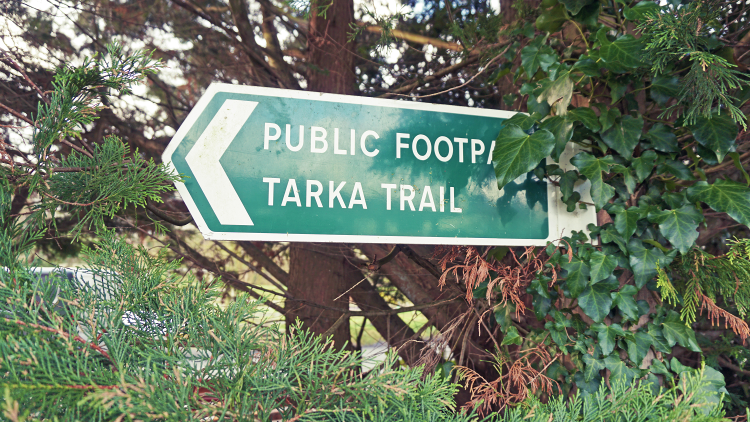
The South West Coast Path is one of the UK's most popular trails, and a lot has been written on the route. This blog instead focuses on my experience of the inland section of the Tarka Trail, and aims to highlight why it's a walk not to be missed.
We walked the trail in February of 2019.
We received many smiles and hellos during our short journey through Barnstaple — by some distance the largest settlement encountered on the Tarka Trail. At Barnstaple’s Rock Park by the River Taw, we stuck out like a sore thumb in our walking gear as we came close to getting caught up in a Parkrun. The unusually warm February weather had brought many runners to the park and there was an almost summery feel.
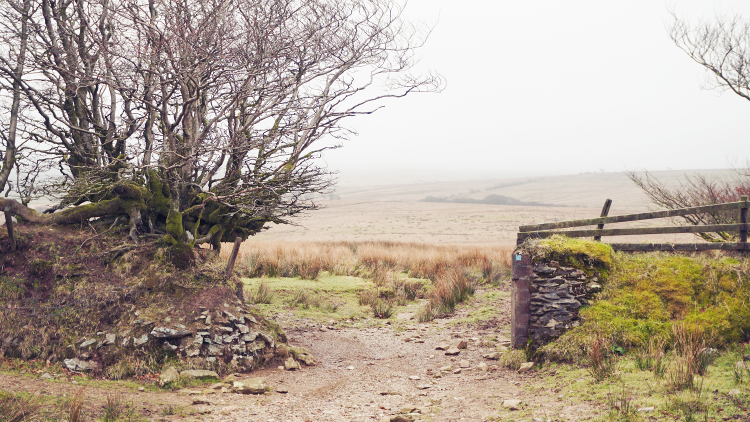
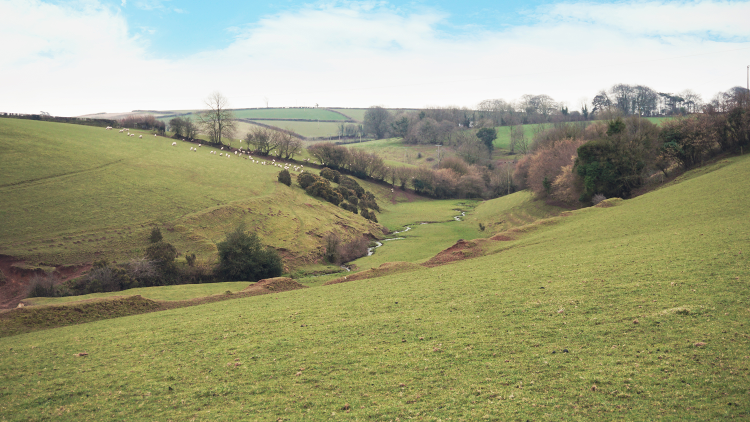
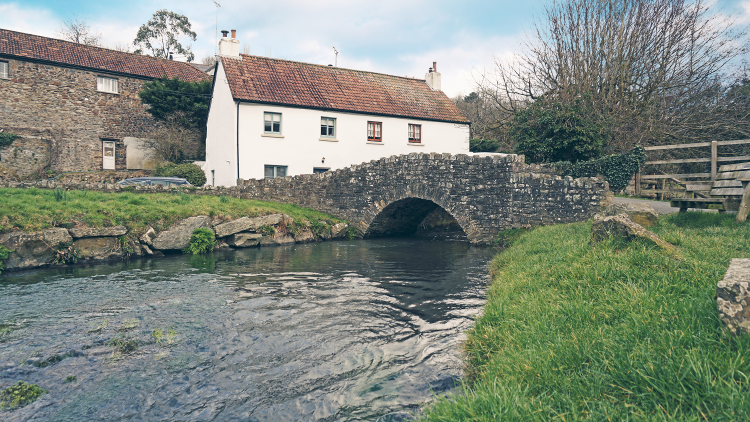
As we were walking our section of the Tarka Trail in late-Winter, we were made to feel that we had certain stretches of the trail all to ourselves. However, those few people we did bump into on the trail, locals or fellow walkers, were always very friendly. One farmer even stopped his quad-bike to tell us the best mud-avoiding route through his field. After Barnstaple, the trail was very peaceful and almost completely free from traffic, with the rare road-walking stretches taking place on quiet, country roads.
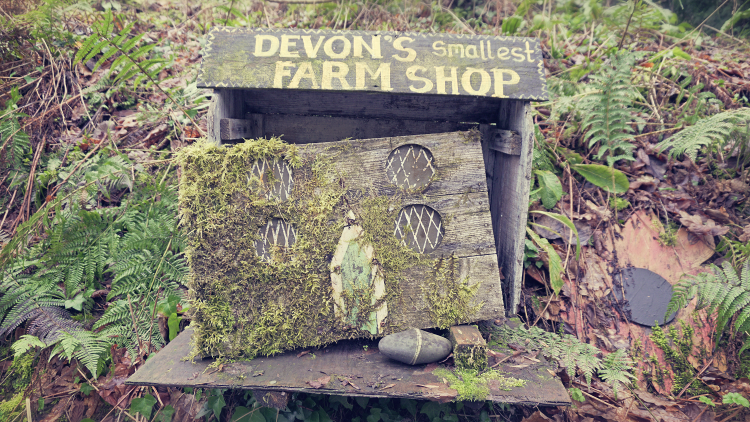
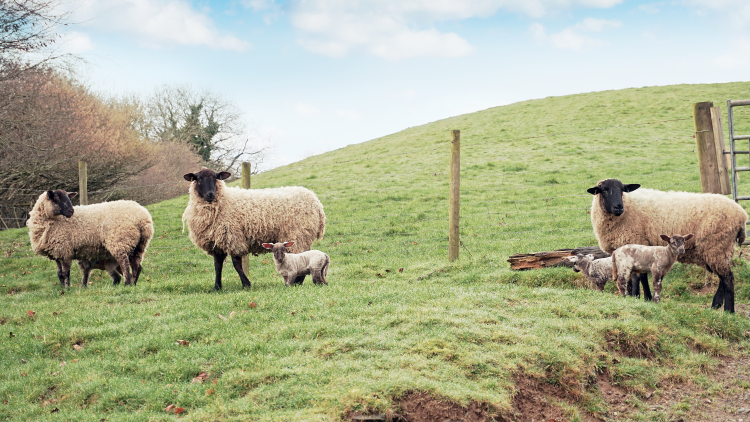
Our first night was spent in a guest house in Barnstaple, which is the main town in North Devon and the most urbanised stop on the Tarka Trail. Our accommodation was just a 10-minute walk from the railway station and close to shops and restaurants, where we were able to buy provisions for our packed lunches and enjoy a meal on the eve of our walk.
Barnstaple is a town with a proud history. At the start of our walk and after crossing Barnstaple's suitably named 'Long Bridge', we made a short detour to walk the town's Heritage Trail. We strolled along the narrow, cobbled Church Lane, caught a glimpse of traders setting up their stalls at the Pannier Market and discovered Barnstaple's distinctive Parish Church and chapel.
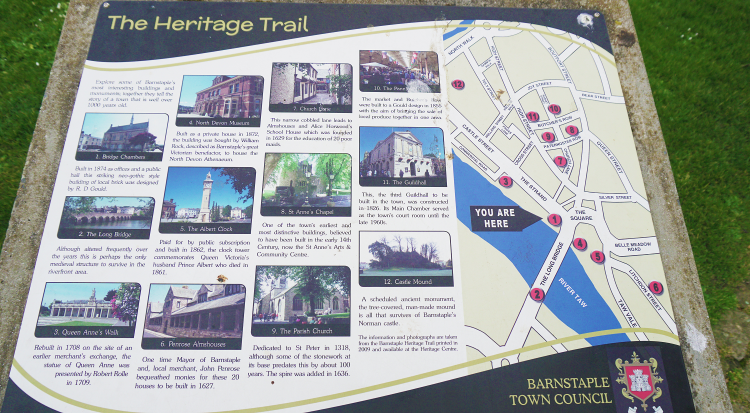
Night two was spent in a large, detached country house located on the edge of the small town of South Molton. The B&B offered views of gorgeous countryside from our windows, as well as having chickens in the garden providing eggs for the morning’s breakfast. The proprietor of our accommodation suggested options for an evening meal, and pointed us in the direction of a supermarket where we could stock up on packed lunch provisions. The charming market town had a selection of pubs and restaurants to choose from, just a short walk from our accommodation (we settled on Mediterranean for our evening meal!).
The third and final night was spent in a family-run inn set within the spectacular Exmoor National Park, in the tiny village of Simonsbath. The remote location meant we were surrounded by beautiful nature on all sides. The inn would've been the perfect base to explore the National Park further, if we weren't so busy resting our feet and enjoying the hearty food and the pints of Tarka Pure Lager (brewed to perfection down in Devon), as well as the grassy beer garden.
It’s a tough ask picking one or two highlights from our walk - mainly because the inland route passes through some incredible landscapes, especially within the Exmoor National Park. However, stage three of the trail, Challacombe to Lynton/Lynmouth, contained a couple of personal high points.
After a section of boggy, moorland walking, we followed a signpost for Hoar Oak. Unassumingly, the path heads up a bank before descending to reveal the wonderful Hoar Oak Water Valley, one of my favourite landscapes of the trail. Even though the clouds were low, the valley’s rolling hills, dotted with overly-friendly sheep, were an impressive sight. It's impossible not to feel small when following the pathway down into the valley.
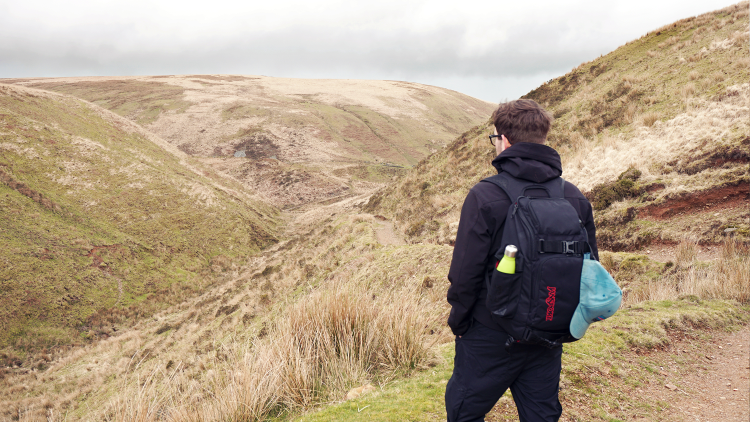
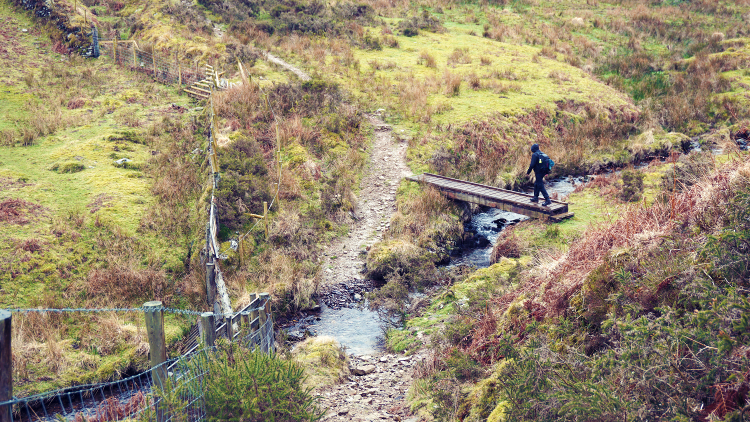
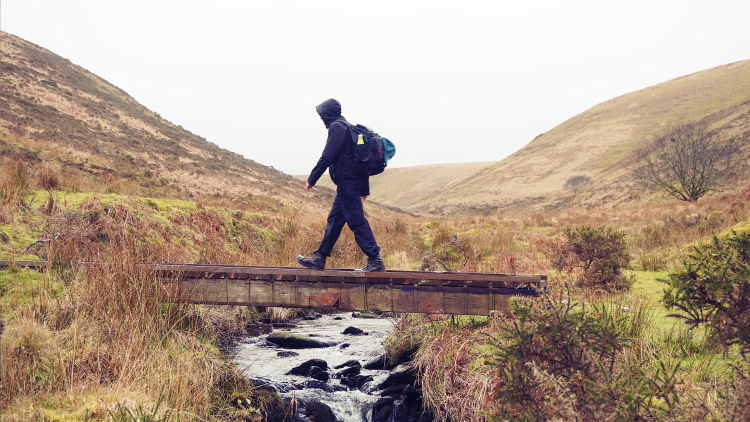
We passed over and then walked alongside a stream which lazily ran along the valley bottom, leading us to the Hoar Oak Tree, a landmark we used as a spot to have lunch. This was a perfect place to relax, as well as soak in and snap a few photos of our surroundings. With our legs rested, the trail then swapped valley-exploring with a trek up and over Cheriton Ridge - a perfect example of how the Tarka Trail likes to continually offer up different surroundings and terrains, keeping things fresh.
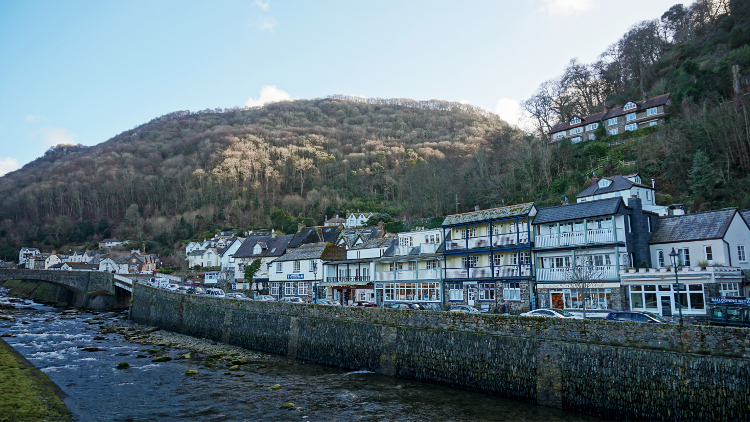
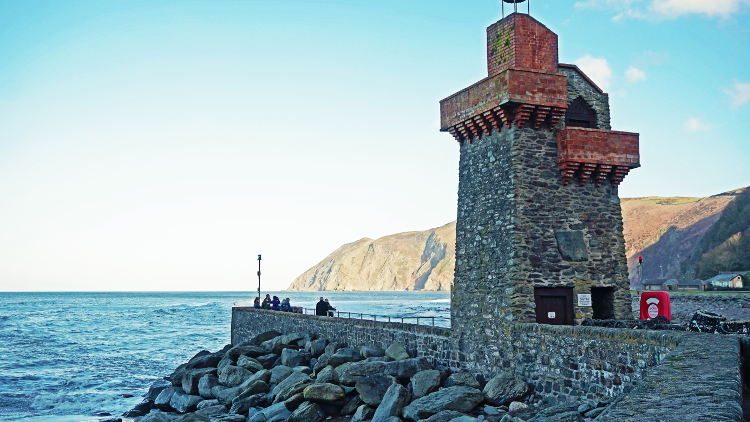
The descent and arrival at the beautiful village of Lynmouth was also a highlight. It was my first visit to Lynmouth, and the picturesque village marked the end of our journey. We enjoyed chips on the harbourside before deciding to give our legs a well-earned break and take the Cliff Railway - which claims to be the steepest water powered railway in the world - to the twinned village of Lynton. The unique twinned villages serve as a perfect conclusion to the inland section of the Tarka Trail, before the journey along the South West Coast Path.
The itinerary we undertook meant that we averaged around 11.5 miles each day. Me and my walking companion are both early risers and this mileage meant that we were able to spend time writing route notes and filming without worrying about losing sunlight.
For the walk itself, there were some steep ascents sprinkled throughout the route, but these uphill sections of walking were mostly short and allowed for us to catch our breath before ascending any further. Overall, the inland section was a decent challenge, without being too taxing.
Start: Travel to Barnstaple
Day 1: Barnstaple to
West Buckland. 11 miles (17.5km)
Day 2: West Buckland to Challacombe(T). 12.5 miles (20km)
Day
3: Challacombe(T) to Lynmouth. 11.5 miles (18.5km)
You'll enjoy similar daily mileages on our seven-day full-route Tarka Trail holiday.
The part of the walk I found most challenging was shortly before Lynmouth, when the trail teased us with a view of the ocean, lulling us into thinking the end of the walk would be soon upon us.
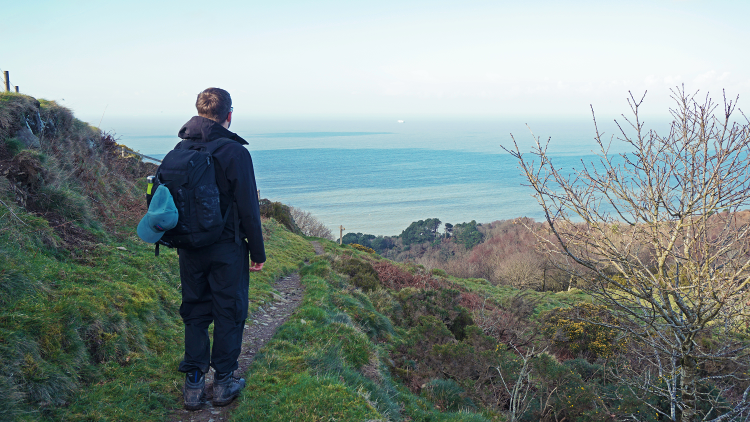
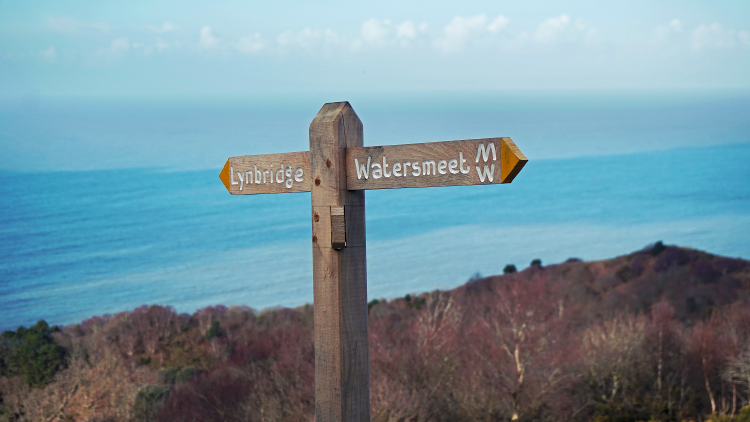
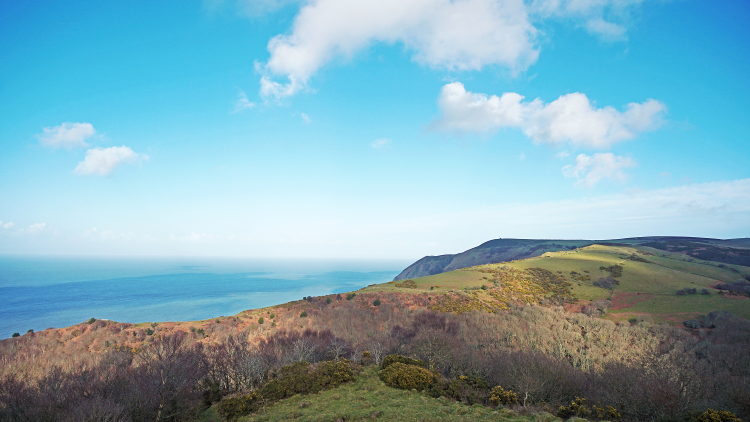
This was before the trail zigzagged downhill into a narrow valley to cross a stream, only to zigzag back up the opposite side. My legs, suddenly feeling the miles, needed a couple of minutes to compose themselves before (and during) the ascent back up the other side. However, from there it was smooth sailing towards the seaside village.
Yes! The inland section of the trail passes through a diverse range of environments, offering great views along the way. The trail is a perfect mix of small, quaint settlements, winding rivers, dense woodland, wide-open meadows, before treating walkers to approximately 45 miles of the South West Coast Path. Add to that friendly locals, and even friendlier wildlife, this is a walk I would definitely recommend.
.png)
Take your time. Admire the views. Don’t forget to pack blister plasters.
Contours Holidays pride ourselves on our expert knowledge of the UK’s trails. We regularly set out to check our routes and directions and to make improvements on the holidays we offer. You can find several write-ups of staff expeditions in our Trail Diaries.
Visit the largest sand dune system in England, Braunton Burrows, famously featured in Henry Williamson’s Tarka the Otter.
Follow the wonderful coastline between Lynmouth and Ilfracoombe, including ‘Great Hangman,’ the highest point on the South West Coast Path.
Admire the variety of rich environments, including North Devon’s Biosphere Reserve, the heather-covered expanse of Exmoor and the Taw Estuary.
| Code | Tour | Duration | Price per person | |
|---|---|---|---|---|
| TARK1 | A circular trail beginning at Barnstaple | 6 days walking | £1050 | |
| TARK2 | A circular trail beginning at Barnstaple | 7 days walking | £1176 | |
| TARK3 | A circular trail beginning at Barnstaple | 8 days walking | £1313 |